Comparing PostgreSQL DigitalOcean Performance & Pricing – ScaleGrid vs. DigitalOcean Managed Databases
Scalegrid
JUNE 4, 2020
As an open source database, it’s a highly popular choice for enterprise applications looking to modernize their infrastructure and reduce their total cost of ownership, along with startup and developer applications looking for a powerful, flexible and cost-effective database to work with. Compare Latency. Compare Pricing.

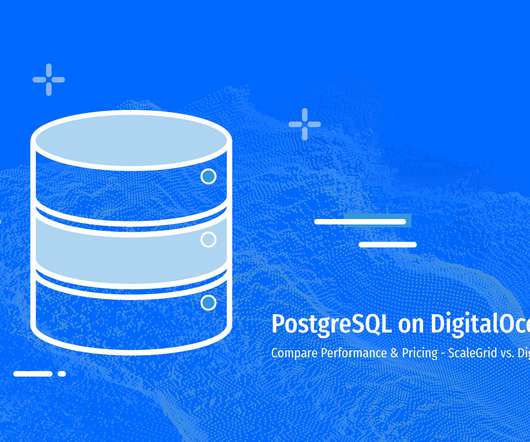
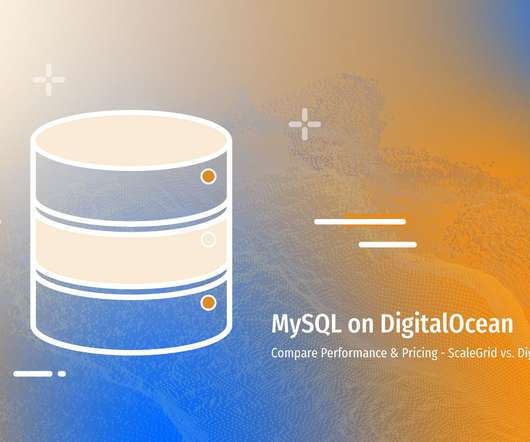
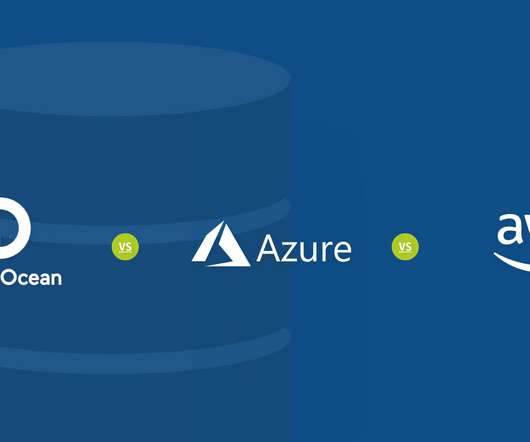








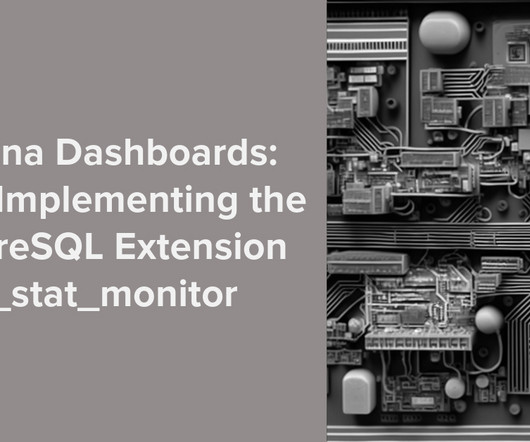

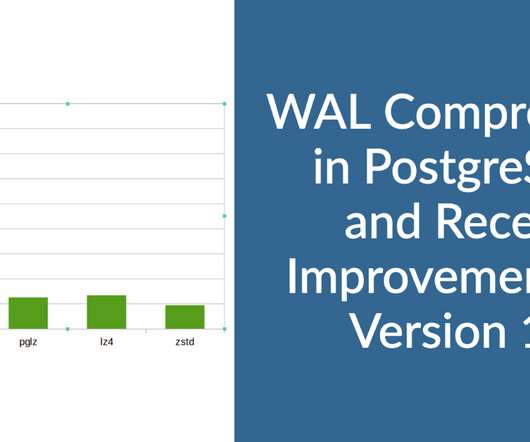
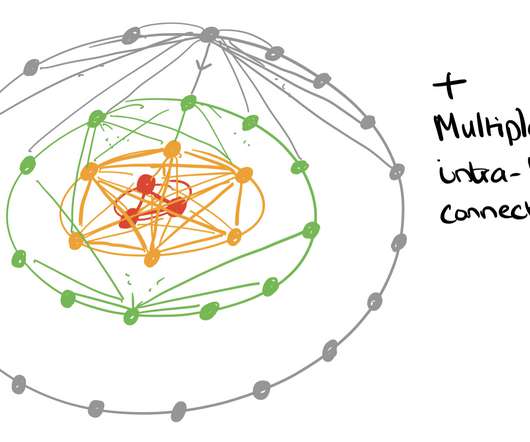




















Let's personalize your content